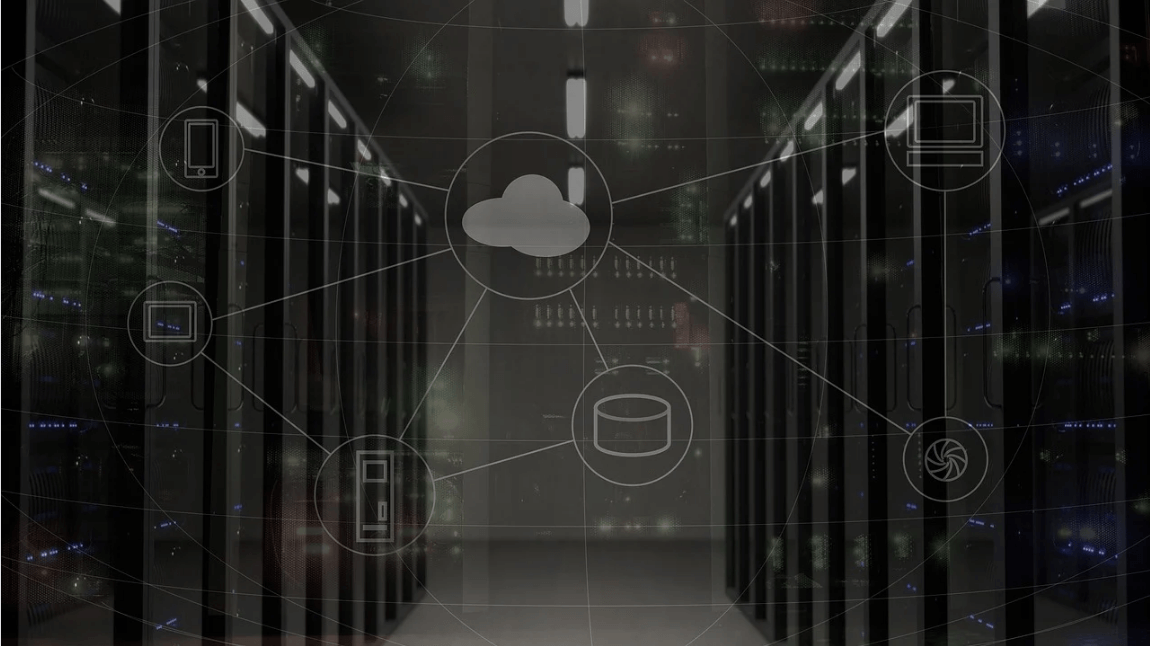What is brand risk protection and why does it matter?
Today’s security professionals have become familiar with the idea that every organization has an attack surface that describes its global exposure to threats against internal and cloud applications, devices, users, and data.
The attack surface grows as greater connectivity, cloud applications and myriad new types of device are adopted as an organization expands its digital footprint. It follows that when a security team calculates an organization’s attack surface, what they are really doing is estimating its vulnerability to cyberattack.
However, the idea of the attack surface isn’t always terribly helpful because it assumes that an organization has the tools to understand its true size. As countless successful cyberattacks demonstrate, organisations often discover after the fact that their attack surface was larger than they’d realized.
Brand Risk Protection (BRP)
One issue is that parts of the attack surface are easy to miss because they exist in the public sphere beyond the traditional responsibility of the IT department. It is these sorts of vulnerabilities Brand risk protection (BRP) services are designed to detect and address.
Broadly speaking, BRP defends an organization’s brand and the way this can be manipulated, exploited, and hijacked to deceive customers. It’s a huge and expanding area that includes discovering assets, monitoring for threats, remediating attacks, and managing the organizational processes involved in doing this. The main areas include:
Domain protection – a way of monitoring an organization’s web domains, now routinely targeted by typo-squatters (lookalike web names called homoglyphs) and domain/subdomain impersonation. This has been a problem for many years and is the bedrock of phishing attacks as well as copycat domains selling fake merchandise.
Brand and social media protection – monitoring the web and social media channels for brand impersonation using lookalike or hijacked accounts which abuse trademarks, logos, employees, and brand imagery.
Phishing detection – monitoring threat intelligence, domain registrations and MX record changes for information on phishing campaigns targeting an organization’s employees or customers.
Data leaks – data and credentials stolen from customers, or lists of fake and hijacked accounts, now flood the dark web, deep web, and Telegram channels, where they are traded back and forth. In many cases, organisations are not aware this data has even been taken, which makes DRP detection useful intelligence.
Account, VIP, and social media protection – monitors for stolen and fake employee accounts on channels such as Facebook, Twitter, LinkedIn, and Instagram.
Fake mobile apps – once rare, the use of lookalike mobile apps has grown with their importance to customers. Often served from third-party app stores, these can be difficult to spot.
Disinformation, misinformation, and fake news – an area of growing concern is false information planted to damage a brand’s reputation. A 2019 study by the University of Baltimore estimated that disinformation now costs the global economy $78 billion each year, with even one negative article on a search pages causing a 22% loss of business. Campaigns can also be used to alter a company’s stock price. Disinformation used to be politically or nationally focused but is increasingly being used against businesses for reasons of economic advantage.
What unites all BRP categories is that they are almost impossible to detect using conventional security tools. When they are detected, it is often by employees in departments beyond IT, for example a marketing department that receives complaints about brand impersonation. If an abuse is not detected or is detected by someone without the means to do anything about it, this type of abuse can slowly proliferate.
How does BRP work?
BRP is usually offered as a suite of integrated tools which detect risks using a mixture of automated machine intelligence, threat feeds, and manual processes. The nature of monitoring depends on the threat being assessed. Domain abuse is carried out by analyzing registered domains for ones that look similar to protected domains. Protecting brands is basically the same process conducted on social media or the web, or by constantly searching for specific brand images, product names, email addresses, or leaked credentials.
BRP remediation
What distinguishes one BRP system from another is the effectiveness of the remediation features on offer. This can be a complex undertaking because once detected each must be tackled individually and that involves managing a detailed task workflow over extended periods of time.
Ideally, the BRP service should offer a single view of the risks being tracked, with the tools to take down or report counterfeit sites and content, liaising with law enforcement where appropriate. It’s also important that the service can accommodate non-technical employees in departments such as marketing who are increasingly being given the job of tracking brand abuse and disinformation.
Conclusion: don’t ignore brand risks
Perhaps the biggest innovation of BRP is really that it brings together a suite of capabilities that have existed in an ad-hoc way for years, but which weren’t integrated couldn’t scale as abuse increased. Managing digital risks in this informal way is expensive and is bound to miss problems. Integrating BRP mitigation in a single platform is the simplest way to make abuse visible to an entire organization.
Popular Post
Recent Post
How to Set Up and Use iCloud on Mac
If you haven’t set up iCloud on your Mac yet, do it now. iCloud is a powerful cloud storage service for Apple users that allow people to back up and synchronize email, photos, contacts, and other files across various devices. iCloud service was introduced in 2011, and it supports MacOS 10.7 or higher. As of […]
How to Create a Guest User Account on Mac
Computers are a very personal thing today. They store all your private documents, photos, videos, and other data. Thus, giving your Mac password to someone else is never a good idea. But what if you have to share your Mac with a colleague or friend for some reason? Sharing Mac’s user password can jeopardize your […]
How to Set Up a New Mac in a Few Minutes
Have you bought or received a brand new Mac computer? Then, you must be on the seventh cloud. Your Mac will open a pandora of several graphics-rich apps and features for you. If you are moving from Windows to Mac for the first time, the change will be really dramatic. At first, all the interfaces […]
How to Clear Browsing History
Are you concerned about what others could see if they use your web browser? Is your browser history clogging up your device and slowing things down? A list of the website pages you have viewed is stored in every web browser. You can remove this listing easily. It will clean your browser history and erase all […]
The Definitive Guide to Managing Your Mac’s Storage Space
Are you struggling with low storage space on Mac? Wondering what is taking up so much space?You are at the right place. Here we will discuss how to reclaim space on Mac. Gone are those days when you used Mac machines only for p rofessional purposes. Now, everything from downloading movies to streaming content, saving […]
Is New World a modern-day RuneScape?
Amazon Game Studios has released an MMO nearly identical to RuneScape, but with a new look, a better PvP system, and a lot more money. Allow me to clarify. New World is influential ‘RuneScape only it’s not RuneScape.’ New World vs. RuneScape 3 New World digs deep into the well of memories and pulls out […]
How To Set Up Voicemail on iPhone 11
Although accessing voicemail is extremely beneficial to you, users should understand how to set up voicemail on their iPhone 11. You can remove, categorize, and play the voicemails from the easy menu. Once you are occupied or unable to pick up the phone, this program will give you info in the style of an audio […]
Best Virtual Machine Software for Windows 10/11 in 2024
A virtual machine software, often known as VM software, is an application that replicates a virtual computer platform. A VM is formed on a computer’s underlying operating platform, and the VM application generates virtual CPUs, disks, memory, network interfaces, and other devices. Virtual machine solutions are becoming more popular because of the flexibility and efficiency […]
How to Be a Better Project Manager
The role of the project manager is to provide you and your team with the goals, organizational systems, and feedback necessary for creating a positive workplace result. Everything from coding to content development can benefit from a high-quality project manager. This article will cover some of the actionable steps you can take to become better […]
How to Use a Dedicated Server for Gaming
Online multiplayer games offer the chance to connect and compete with your friends, meet new people, and work collaboratively to build something great. If you’re ready to take your online gaming experience to the next level, a dedicated server is a great option for hosting. Instead of operating game servers from your own hardware, you’ll […]






















